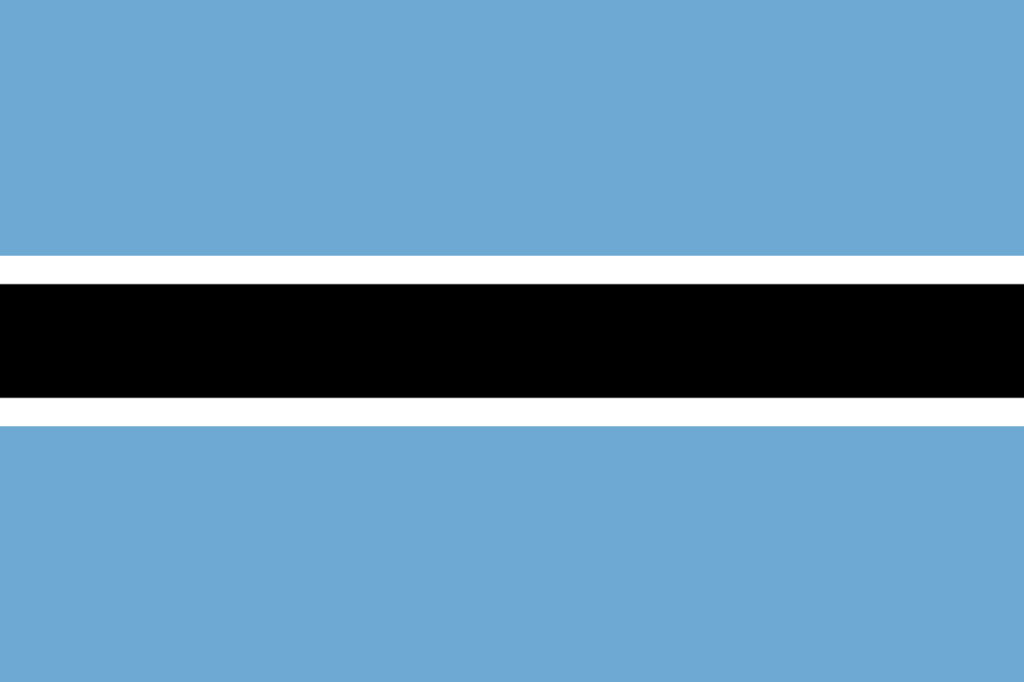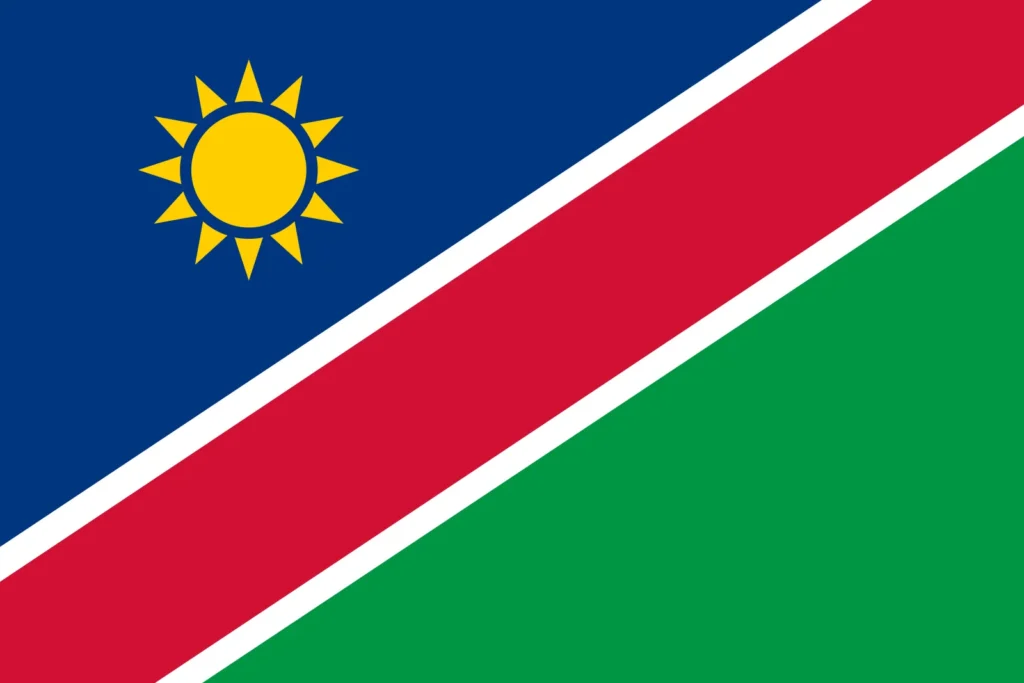The Electoral Repository
Southern African (Southern African Development Community) Constitutions
The Southern African region includes 5 countries, each governed by its own constitution. These constitutions outline the structure of government, including the roles of the president, parliament, and judiciary, tailored to each country’s unique historical and political contexts.

Countries in North Africa
Botswana Constitution
Burkina Faso’s constitution, adopted in 1991 and amended in 2002 and 2012, establishes a semi-presidential republic, defining the roles of the president, National Assembly, and judiciary.

Countries in North Africa
Eswatini Constitution
Eswatini’s constitution, adopted in 2005, establishes a monarchy with a Westminster-style parliamentary system. It outlines the structure of government, including the roles of the king, the parliament (known as the House of Assembly and the Senate), and the judiciary.

Countries in North Africa
Lesotho Constitution
Lesotho’s constitution, adopted in 1993 and amended several times, establishes a parliamentary constitutional monarchy. It outlines the structure of government, including the roles of the king, the parliament, and the judiciary.

Countries in North Africa
Namibia Constitution
Namibia’s constitution, adopted in 1990, establishes a parliamentary democracy with a presidential system. It outlines the structure of government, including the roles of the president, the National Assembly, and the judiciary.

Countries in North Africa
South Africa constitution
South Africa’s constitution, adopted in 1996, establishes a parliamentary republic with a president as both head of state and head of government. It outlines the structure of government, including the roles of the president, the Parliament, and the judiciary.
